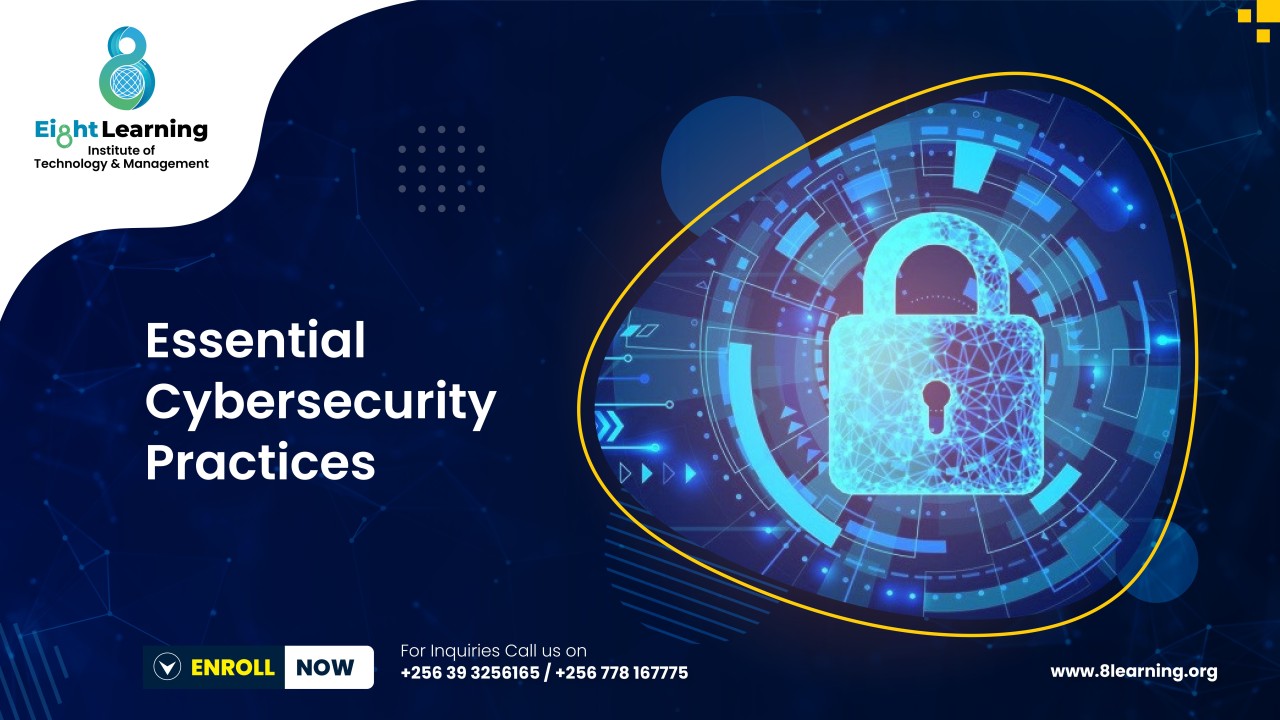In today’s digital age, safeguarding your organization from cyber threats is more critical than ever. With increasing incidents of data breaches and cyberattacks, having a robust cybersecurity strategy is not just an option—it’s a necessity. Here are some essential tech tips from industry experts that can help you enhance your cybersecurity measures:
1. Implement Strong Password Policies
One of the simplest yet most effective ways to protect your systems is by enforcing strong password policies. Encourage employees to create complex passwords that include a mix of uppercase letters, lowercase letters, numbers, and special characters. Regularly update passwords and consider using a password manager to keep track of them securely.
2. Enable Two-Factor Authentication (2FA)
Two-factor authentication adds an additional layer of security by requiring a second form of verification, such as a text message or authentication app, before granting access to accounts. This significantly reduces the risk of unauthorized access, even if passwords are compromised.
3. Keep Software and Systems Updated
Outdated software can be a major vulnerability. Regularly updating all systems, applications, and devices ensures that you have the latest security patches and features. Set up automatic updates wherever possible and conduct regular audits to identify any outdated systems.
4. Conduct Regular Security Training
Human error is often the weakest link in cybersecurity. Providing regular training sessions for employees on recognizing phishing attempts, safe internet practices, and the importance of cybersecurity can greatly reduce the risk of breaches. Consider simulated phishing tests to assess and improve your team’s awareness.
5. Backup Your Data Regularly
Regular data backups are essential for minimizing the impact of ransomware attacks and other data loss incidents. Implement a routine backup schedule and store backups in secure, offsite locations. Ensure that your backup processes are regularly tested for reliability.
6. Use Firewalls and Antivirus Software
Firewalls act as a barrier between your internal network and external threats. Invest in robust firewall solutions and antivirus software to detect and block potential threats before they can infiltrate your systems. Regularly update these tools to ensure they are equipped to handle the latest threats.
7. Monitor and Audit Network Activity
Continuous monitoring of your network can help identify suspicious activity before it escalates into a serious threat. Implement intrusion detection systems (IDS) and conduct regular audits to assess network security and compliance. This proactive approach can help catch vulnerabilities early on.
8. Develop an Incident Response Plan
In the event of a security breach, having a well-defined incident response plan can minimize damage and facilitate recovery. Outline the steps to take, who is responsible, and how to communicate with stakeholders. Regularly review and update the plan to ensure its effectiveness.
Conclusion
By implementing these essential cybersecurity practices, organizations can significantly enhance their defenses against cyber threats. Remember, cybersecurity is an ongoing process that requires constant vigilance and adaptation. Stay informed, stay secure, and empower your team to be the first line of defense in protecting your digital assets.





